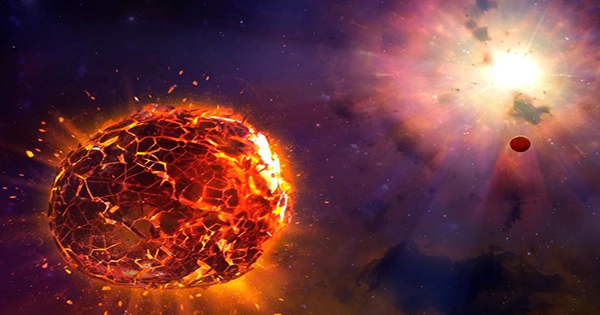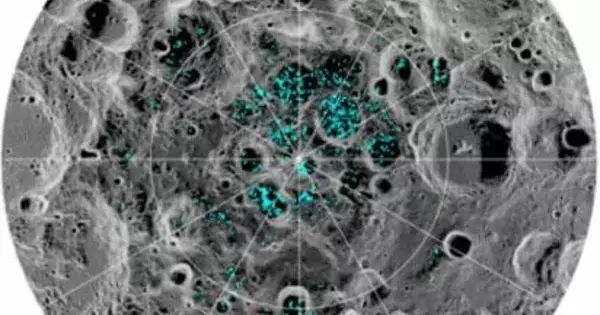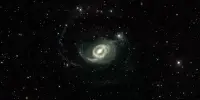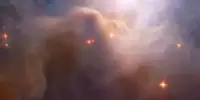A new unpublished study has made the rounds on the internet, stating that one of the brightest stars in the night sky may die in a spectacular explosion within our lifetime.
The study, which is presently published on the online pre-print serverarXiv, hypothesizes that the red giant star Betelgeuse, also known as Alpha Orionis, may have less than three hundred years of fuel left in its core. When the star burns through its final drops, its core will collapse into a black hole, ejecting the star’s outer layers at speeds of up to 25,000 miles (40,000 kilometers) per second.
Astronomers refer to this blazing demise as a supernova explosion, and in Betelgeuse’s case, it will be a breathtaking sight for spectators on Earth. These layers of gas and dust will shine as brightly as the full moon in our sky for several weeks because the star is only 650 light-years away from Earth.
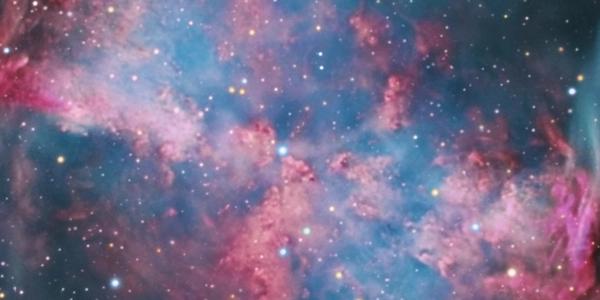
The issue is that, according to the majority of astronomers, Betelgeuse isn’t quite ready to explode quite yet. Why do the academics who wrote the new report believe otherwise, then?
Betelgeuse is unquestionably a red giant star that has depleted its primary fuel hydrogen and is now fusing helium in its core to form heavier elements. The point in a star’s lifetime when it runs out of hydrogen is unmistakable. Stars that lack hydrogen must use more energy to ignite the helium created during hydrogen fusion, forcing them to grow thousands of times beyond their original size. They also become cooler and redder as a result of the procedure.
Betelgeuse is a massive star known to astronomers. The searing gas in its outer atmosphere would stretch far enough to engulf even Jupiter if it were to sit at the core of our solar system. Betelgeuse’s actual width is challenging to determine, nevertheless. That’s because Betelgeuse is a lumpy clump of boiling gas bubbles enveloped in burped-out dust clouds, as opposed to being one pretty smooth ball of plasma. The case for estimating Betelgeuse’s remaining lifetime hinges on the star’s size, which is difficult to quantify.
In a recent contentious study, a group of astronomers from Japan’s Tohoku University under the direction of Hideyuki Saio contend that Betelgeuse is larger than previously thought. As Betelgeuse is known to pulse—expand and contract, dim and brighten—at regular intervals, this may be plausible. Most visibly, every 420 days Betelgeuse’s brilliance changes. This brightening is attributed by astronomers to the fundamental mode, or periodic expansion of the envelope, or roughly spherical outer portion, of the star.
Other anomalies in Betelgeuse’s behavior occur on a regular basis, which astronomers attribute to other turbulent processes occurring within the dying star. One of the additional changes occurs on a 2,200-day period, for which astronomers have no explanation. As a result, the team led by Saio argued that the 2,200-day oscillation could be Betelgeuse’s primary pulsation mode, with the 420-day brightness variation being a secondary oddity.
However, for these evolutionary models to operate, Betelgeuse must be up to one-third wider, according to Saio in an email.
In contrast to fitting the 420-day [period] with fundamental mode, explaining the 2,200-day period as fundamental mode necessitates a significantly broader radius, according to Saio. “A larger radius with a range of observed surface temperatures means the intrinsic brightness of Betelgeuse to be higher than previously thought.”
Betelgeuse would need to be in a later stage of its life, having finished burning helium, in order to run on carbon, which resulted from the previous fusion of helium atoms, in order for it to be as broad as the models call for.
The amount of life left in a red giant star depends on whether it is burning helium or carbon. A red giant star’s helium-burning phase lasts tens of thousands of years. When carbon burning begins, the end is near, at least in cosmic terms, and it might happen within a few thousand years.
“Although we can’t say how much carbon is left right now, our evolution models suggest that carbon exhaustion will happen in less than 300 years,” Saio stated. “After the carbon exhaustion, further heavier element fusions would probably occur in a few tens of years, and then the central part would collapse and a supernova explosion would occur.”
That would be thrilling for skywatchers. It was 1604 when a neighboring star went supernova. Although stars erupt on a daily basis somewhere in the cosmos, most of them are too far distant to be seen without strong telescopes.
But the question remains: what else can Saio and his colleagues use to convince them that Betelgeuse is greater than other astronomers believe?
Red giant stars are known for their violent expulsions of these elements. In the instance of Betelgeuse, astronomers saw one such enormous cloud emerge from within the star in 2019, causing the light to fade briefly.
Molnár and his colleagues took their own measurements of Betelgeuse, which are more in line with what most scientists believe.
The publication of Saio’s research coincides with an unprecedented brightening of Betelgeuse, which has caused some observers to speculate that the star is poised to explode. However, neither Molnár nor Montargès is convinced. Betelgeuse, according to Montargès, is too bright to be dying because material expulsions normally cause older red giants to darken gradually. Betelgeuse, on the other hand, has been a fixture in the top ten brightest stars in our sky for at least the last 100 years, despite its regular pulsations.
Because the work has not yet been peer-reviewed and published, some of its flaws may be rectified before it is formally distributed.
